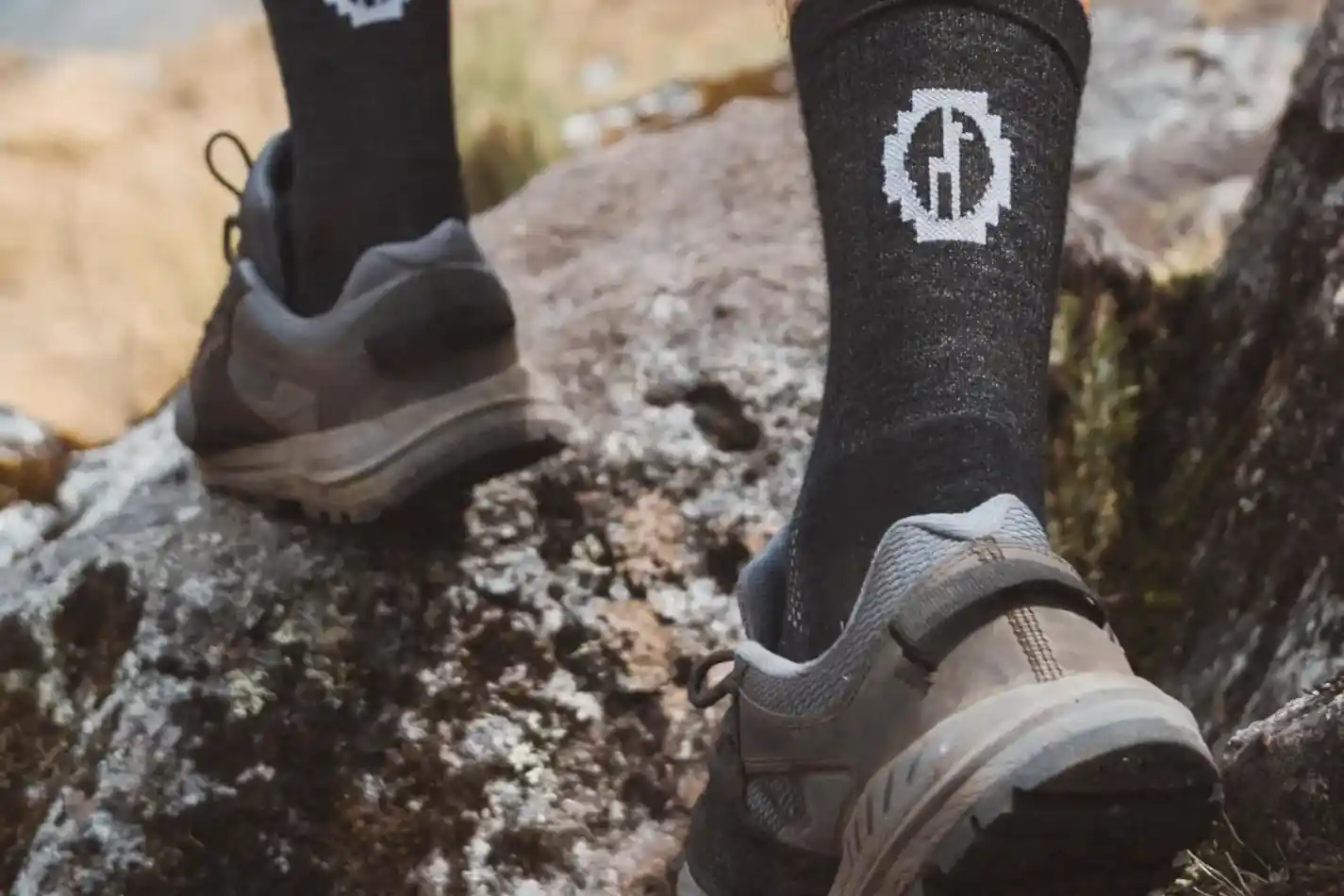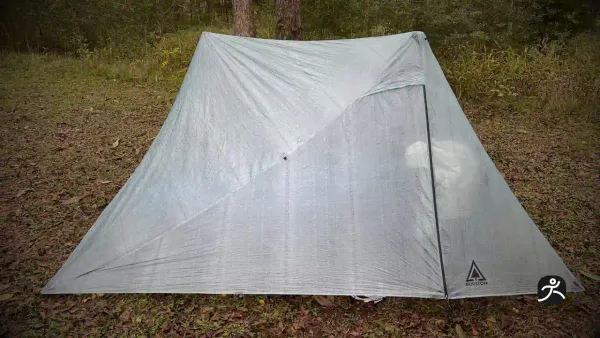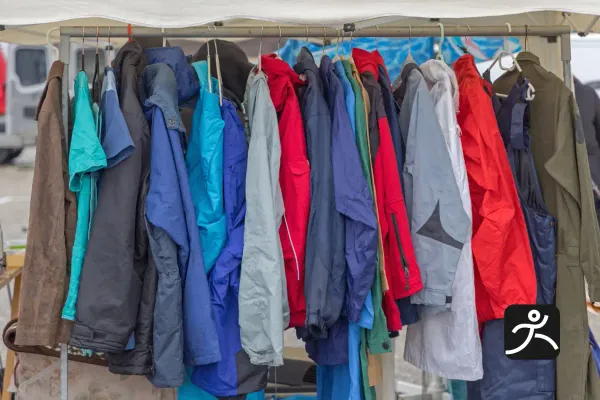Starter Guide to Choosing Fastpacking Socks: Comfort for Miles
Discover how to choose the perfect fastpacking socks for your next adventure. Learn about moisture-wicking, durability, cushioning, and fit to keep your feet comfortable on long-distance treks.

When gearing up for a fastpacking adventure, your sock choice can make or break your journey. The right pair is the difference between a comfortable trek and a blister-ridden ordeal.
Let's explore what makes the perfect fastpacking sock and why it matters for your next expedition.
The Crucial Role of Socks in Fastpacking
Your feet are the unsung heroes of your journey, enduring rugged terrain and varied environments. The right socks are essential for their comfort and health, impacting your overall performance and enjoyment.
Key Factors to Consider:
- Moisture Management
- Durability and Weight
- Temperature Regulation
- Cushioning and Support
- Fit and Height
Moisture Management: Your Shield Against Blisters
During intense activity, your feet sweat heavily, which can lead to blisters and discomfort. Moisture-wicking capabilities are crucial for keeping your feet dry and blister-free.
Top Moisture-Wicking Materials:
- Merino Wool: Excellent moisture management and odor resistance
- Synthetic Blends (e.g., Coolmax): Quick-drying and moisture-wicking
- Bamboo and Alpaca: Natural moisture-wicking and antibacterial properties
A blend of merino wool and nylon offers both moisture management and durability.
Balancing Durability and Weight
Every ounce matters in fastpacking, but your socks need to withstand the rigors of the trail. High-tech materials like merino wool blends and advanced synthetic fibers offer the perfect balance of strength and lightness.
Look for reinforced areas at the heel and toe for added durability without excess weight.
Climate Control: Adapting to Changing Conditions
Your socks should keep your feet comfortable in various temperatures. Here's how different materials perform:
| Material | Temperature Regulation | Moisture-Wicking |
|---|---|---|
| Merino Wool | Excellent | Superior |
| Coolmax | Good | Excellent |
| Mesh Panels | Superior | Good |
The Art of Cushioning: Comfort for Long-Distance Treks
Strategic cushioning is vital for foot comfort and fatigue reduction during long hikes.
Key Cushioning Features:
- Targeted padding in high-impact zones (heel, ball of foot)
- Arch support for stability and reduced fatigue
- Varying cushion density from heel to toe for optimal comfort
Well-designed cushioning works with your shoes to enhance performance and endurance, letting you conquer challenging terrain with ease.
Finding the Perfect Fit
A perfect fit is crucial for preventing blisters and maximizing comfort. Socks should hug your feet snugly without causing constriction.
Consider sock height as well – higher socks offer more protection from debris and trail hazards.
Conclusion
By choosing socks that excel in moisture management, durability, temperature regulation, and cushioning, you'll be well-equipped for your fastpacking adventures.
Remember, the right socks are an investment in your comfort and the success of your journey. With these guidelines, you're ready to find the perfect pair for your next expedition.




